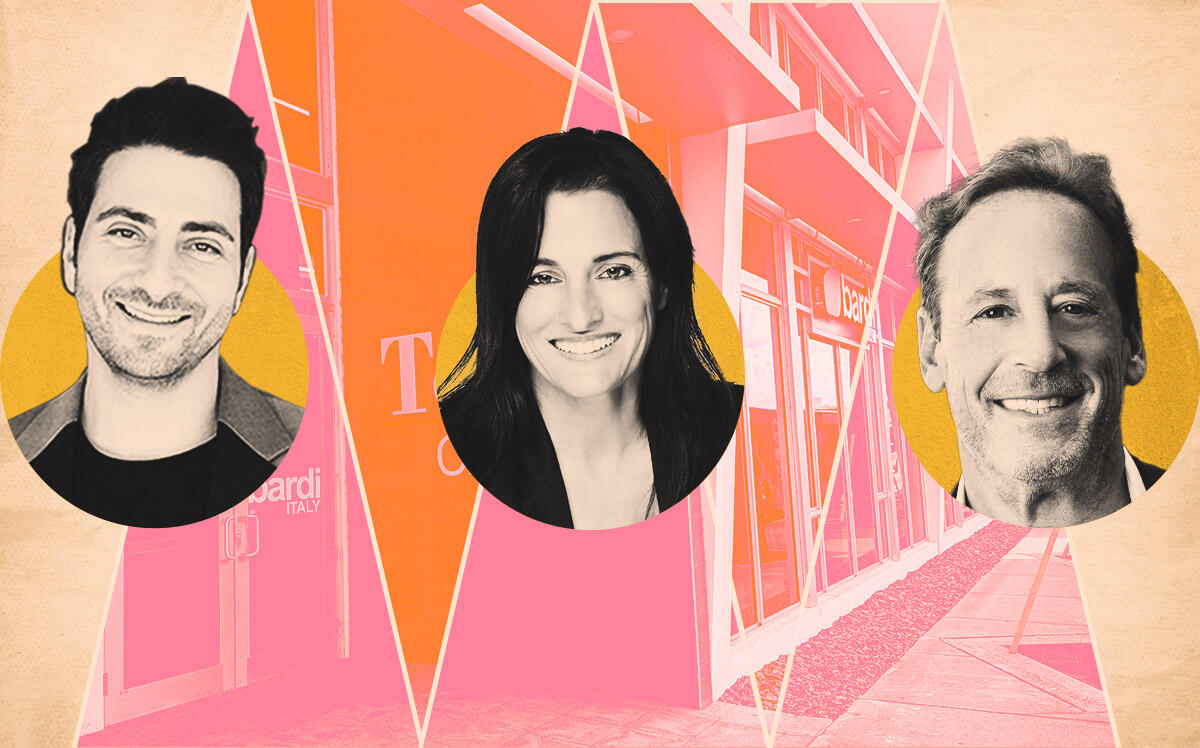Trending
Landlords target home design tenants for empty MiMo District retail spaces
Upper Eastside property owners had struggled to keep storefronts filled when rents were higher

In the past year, an organic mattress shop, a floral and plant store and a high-end flooring company have moved into a single-story building at 6665 Biscayne Boulevard — a sign that retail leasing in Miami’s Upper Eastside is picking up. But the neighborhood’s commercial landlords may not be able to count on them for the long haul, experts say.
Known for its small commercial buildings in the Miami Modern architectural style, or MiMo, the neighborhood has struggled to establish itself as a moderately priced alternative to the more expensive retail destinations in the Miami Design District, Midtown Miami and Wynwood.
Now an influx of home decor and design tenants filling up empty storefronts has some brokers and landlords believing the Upper Eastside is in the midst of a retail turnaround.
“The Upper Eastside is becoming a magnet for design-oriented tenants,” said Alfredo Riascos with Miami-based Gridline Properties. “It’s a place where they can have a presence and be successful.”
Yet, some experts doubt that the neighborhood’s new occupants can provide long-term stability to one of South Florida’s shaky retail submarkets, particularly amid rising rents.
“The issue with these home design and home decor tenants is that they pop up when the residential market is red hot,” said Devlin Marinoff with Dwntwn Realty Advisors. “When the market cools, they go away.”
Indeed, the recent rush of home decor and design tenants landing in the Upper Eastside has coincided with the surge of out-of-town domestic buyers that have flocked to Miami-Dade County since the pandemic began, driving up luxury home prices to record levels.
“When the residential market really took off in mid-2020, we saw a huge influx of new buyers in Upper Eastside residential neighborhoods like Belle Meade, Morningside and Bay Point,” Riascos said. “The commercial side started to benefit as well. In the last two years, we have seen a lot of new tenant activity.”
The Upper Eastside’s home decor and design tenants see the value in setting up shop in close proximity to new residents looking to style their new homes to their own tastes, Riascos explained.
Among the first home decor tenants to slide into the MiMo building at 6665 Biscayne Boulevard was PID Floors of Miami, which sells expensive hardwood flooring. In May 2021, PID signed a 48-month lease at a base monthly rental rate of $41.43 per square foot, Riascos said. Since then, Gridline has brought at least half a dozen new tenants to the Upper Eastside.
In May of last year, custom stone and tile maker Stoneworks USA signed a 24-month lease for a showroom at 5580 Northeast Fourth Court, a 14,800-square-foot retail building owned by Mark Soyka, the founder of the now defunct News Cafe in Miami Beach.
Stoneworks USA is paying a base rent of $44 a square foot, Riascos said. Two months later, Gridline signed Italian door company Kopen Doors to a 36-month lease at 7551 Biscayne Boulevard, which is owned by Miami-based developer and real estate investor Alex Karakhanian. Kopen is paying a base rent of $44.56 per square foot. Other major developers and investors include Vagabond Group, led by Avra Jain, and the Comras Company, led by Michael Comras.
PID, Stoneworks USA and Kopen all chose to open in the Upper Eastside to be close to their clientele and other home-oriented businesses, Riascos said. “You want to be near the people buying single-family homes and condos,” he said. “The MiMo District along Biscayne Boulevard is very accessible, so it makes a lot of sense.”
Riascos acknowledged the Upper Eastside’s commercial real estate has gone through growing pains that creates doubt about its sustainability.
“Between 2016 and 2020, the neighborhood had a lot of vacancies as rent prices went up a little too quickly,” he said. “At the time, if you went on Loopnet and Costar, you would have found two dozen vacancies from 54th Street to 79th Street.”
Today, the vacancy rate has substantially decreased predominantly because of the decor and design-oriented tenants, Riascos said. “Pre-pandemic, asking rents were in the mid-$30 range triple net,” he said. “In 2022, it jumped to the mid-$40s. And now we are seeing it in the low $50s in some areas.”
As long as asking rents don’t go over $60 a square foot, the Upper Eastside should find equilibrium, Dwntwn’s Marinoff said. “It’s never going to be a walkable district like Wynwood and the Design District,” he said. “But it is finding its footing. Eight and nine years ago, rents in the Upper Eastside were way too high.”
Still, home decor and home design tenants can’t be counted on to provide longevity, Marinoff said. “These companies selling furniture and finishes are always floating around different neighborhoods,” he said. “They can’t afford to pay high rents, so they are always searching for a new home. Sure they are getting great visibility on Biscayne Boulevard, but these businesses are cyclical.”
Karakhanian, who owns five commercial properties in the Upper Eastside, believes home decor and design tenants have found a permanent home in the neighborhood because the rental rates are in their price range.
“We have four in our buildings,” Karakhanian said. “Ever since the Design District converted to a fashion district and Wynwood rents escalated, Biscayne Boulevard in the MiMo District is where they are ending up.”
Upper Eastside landlords target home decor and design tenants because they take large spaces, don’t require a lot of parking and get a lot of repeat foot traffic, Karakhanian said.
“Miami is on an upswing,” he said. “I think there will be quite a bit of business for these tenants for years to come.”




